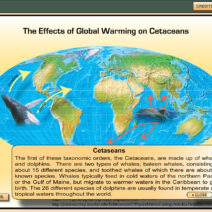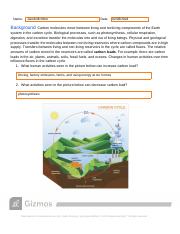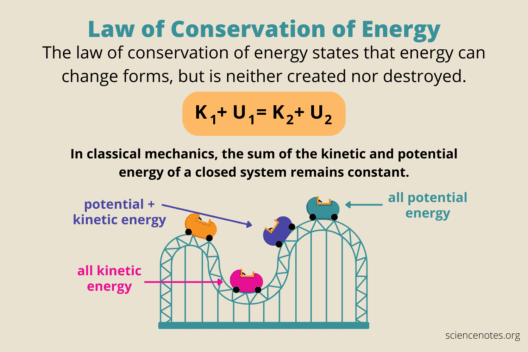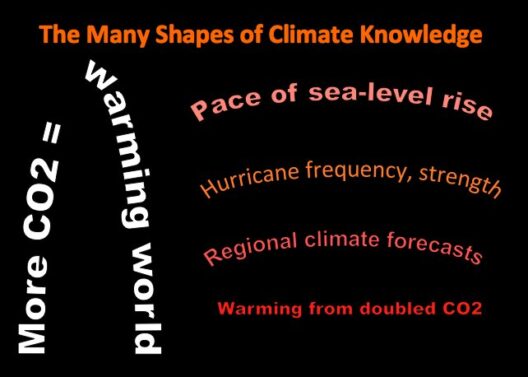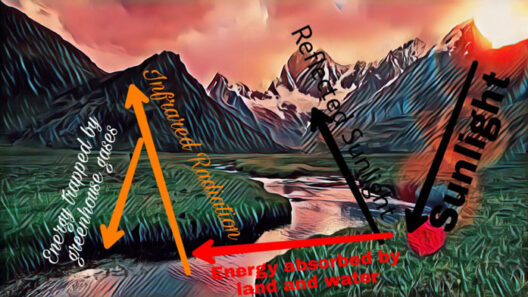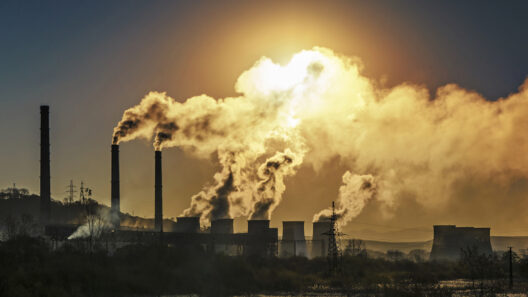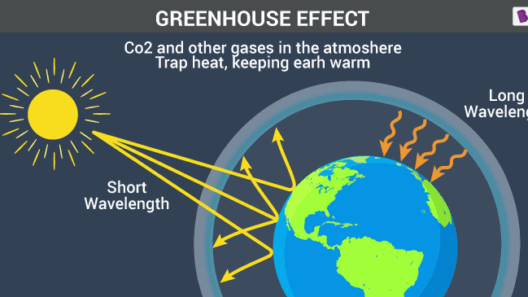The greenhouse effect is a complex phenomenon orchestrated by the interplay of natural processes and anthropogenic activities. But where exactly does this pivotal event transpire? Understanding the locales that contribute to the accumulation of greenhouse gases provides insight not only into climate dynamics but also into our collective responsibility for the environment. This exploration will illuminate the diverse geographical and atmospheric arenas where greenhouse gases are potent and active.
Exploring the Atmosphere: The Invisible Arena of Greenhouse Gases
The atmosphere serves as the most significant stage for the greenhouse effect, acting as the medium where greenhouse gases interact with solar radiation. From Earth’s surface to 10,000 kilometers above, gaseous components such as carbon dioxide (CO₂), methane (CH₄), and nitrous oxide (N₂O) reside and play critical roles in trapping heat. The lower atmosphere, particularly the troposphere, is where the bulk of these gases exist, forming a blanket around our planet. The concentration of greenhouse gases in this layer is a direct consequence of human activities, particularly from industries, agriculture, and transportation. Monitoring stations around the globe map these gases, revealing hotspots of high emissions, particularly in urbanized and industrialized regions.
The impact of this atmospheric accumulation is profound. As sunlight illuminates the Earth, some of that energy is absorbed, while the majority is re-radiated back as infrared radiation. The greenhouse gases absorb this outgoing energy and re-emit it in all directions, including back toward the Earth’s surface, creating a warming effect that influences weather patterns and climatic conditions.
Urban Hotspots: The Intensity of Human Activity
Urban areas are pivotal players in this narrative. Characterized by high population densities, extensive transportation networks, and energy-intensive industries, cities produce a significant portion of greenhouse gases globally. For instance, major metropolitan hubs like Los Angeles, New York, and Beijing are notorious for their smog, which is a visible manifestation of the gases accumulating in the troposphere.
In urban environments, buildings, vehicles, and industrial processes fuel the demand for energy, leading to the proliferation of carbon emissions. This clustering of human activity not only accelerates greenhouse gas release but also amplifies the urban heat island effect, contributing to localized climate changes that can escalate into broader concerns like heatwaves or severe storms. Innovative urban planning and stringent regulations on emissions hold promise for reversing this trend and mitigating their impact.
The Role of Agriculture: Greenhouse Gases from Our Fields
Another vital location of greenhouse gas activity is within the agricultural sector. Farmland, while crucial for food production, acts as a conduit for several potent greenhouse gases. Methane, for example, is primarily released from enteric fermentation in livestock and the decomposition of organic matter in wetlands and rice paddies. Nitrous oxide emissions are linked to synthetic fertilizers and manure management practices, amplifying the greenhouse effect with a potency nearly 300 times greater than carbon dioxide over a century.
Soils are also significant players in this arena. They can act as sinks or sources for carbon dioxide, depending on land management practices. Unsustainable farming methods lead to soil degradation, which releases stored carbon back into the atmosphere. Transitioning towards more sustainable agricultural practices, such as regenerative farming, cover cropping, and agroforestry, can not only curtail emissions but also enhance carbon sequestration, demonstrating that solutions lie at the very heart of how we manage our landscapes.
Oceans: The Forgotten Absorbers of Greenhouse Gases
As we delve deeper into our planet’s ecosystems, we arrive at the oceans—vast reserves that significantly influence greenhouse gas dynamics. Oceans absorb approximately one-third of anthropogenic CO₂ emissions, providing a buffer against rapid atmospheric warming. However, this absorption comes at a cost. Increased levels of CO₂ lead to ocean acidification, adversely affecting marine biodiversity and ecosystems, particularly coral reefs that are already stressed by other climatic impacts.
The interplay between the ocean and the atmosphere is intricate. Elevated temperatures can disrupt oceanic currents, influencing global weather patterns, such as El Niño and La Niña phenomena. The cycles of climate variability not only affect marine habitats but also the livestock and crop yields of countries that depend on these weather patterns. The intricate balance of oceanic ecosystems is, therefore, both a victim and a potential ally in the fight against climate change.
Forests: The Lungs of Our Planet
Forests, often referred to as the lungs of our planet, are essential in the fight against greenhouse gas emissions. They act as vital carbon sinks, absorbing CO₂ from the atmosphere through photosynthesis and storing it as biomass and in soil. However, deforestation—primarily for agriculture, logging, and urban expansion—releases stored carbon back into the atmosphere, exacerbating greenhouse gas concentrations and undermining these natural defenses. The Amazon rainforest, for example, is a critical carbon sink, and its degradation is a focal point of global climate discussions.
Conservation efforts and reforestation initiatives are key to mitigating climate change impacts. Supporting biodiversity within these ecosystems can enhance their resilience against climate-induced pressures and bolster their ability to sequester carbon. By safeguarding our forests, we not only preserve their inherent ecological value but also mitigate their contributions to the greenhouse effect.
In Conclusion: The Interconnectedness of Locations and Actions
Ultimately, the locales where the greenhouse effect is most potent reveal an interconnected web of natural and anthropogenic systems. From urban centers emitting vast quantities of gases, agricultural fields contributing significant methane and nitrous oxide, oceans absorbing carbon, to forests storing it away, we observe that climate change is a multifaceted issue requiring a holistic understanding. By addressing emissions in these key locations through innovative practices and sustainable management, we can transform our approach to climate action and foster a healthier planet for future generations.
